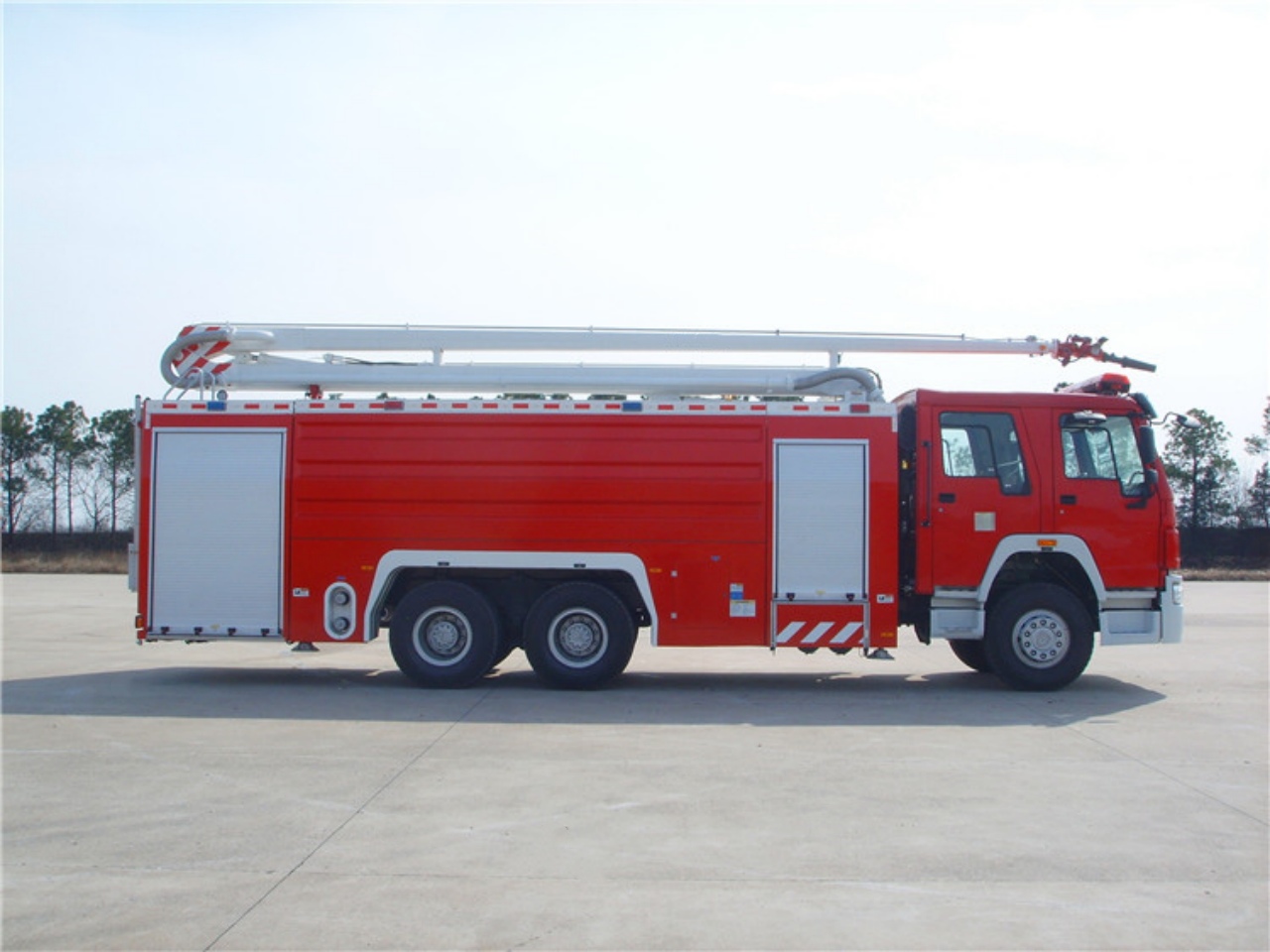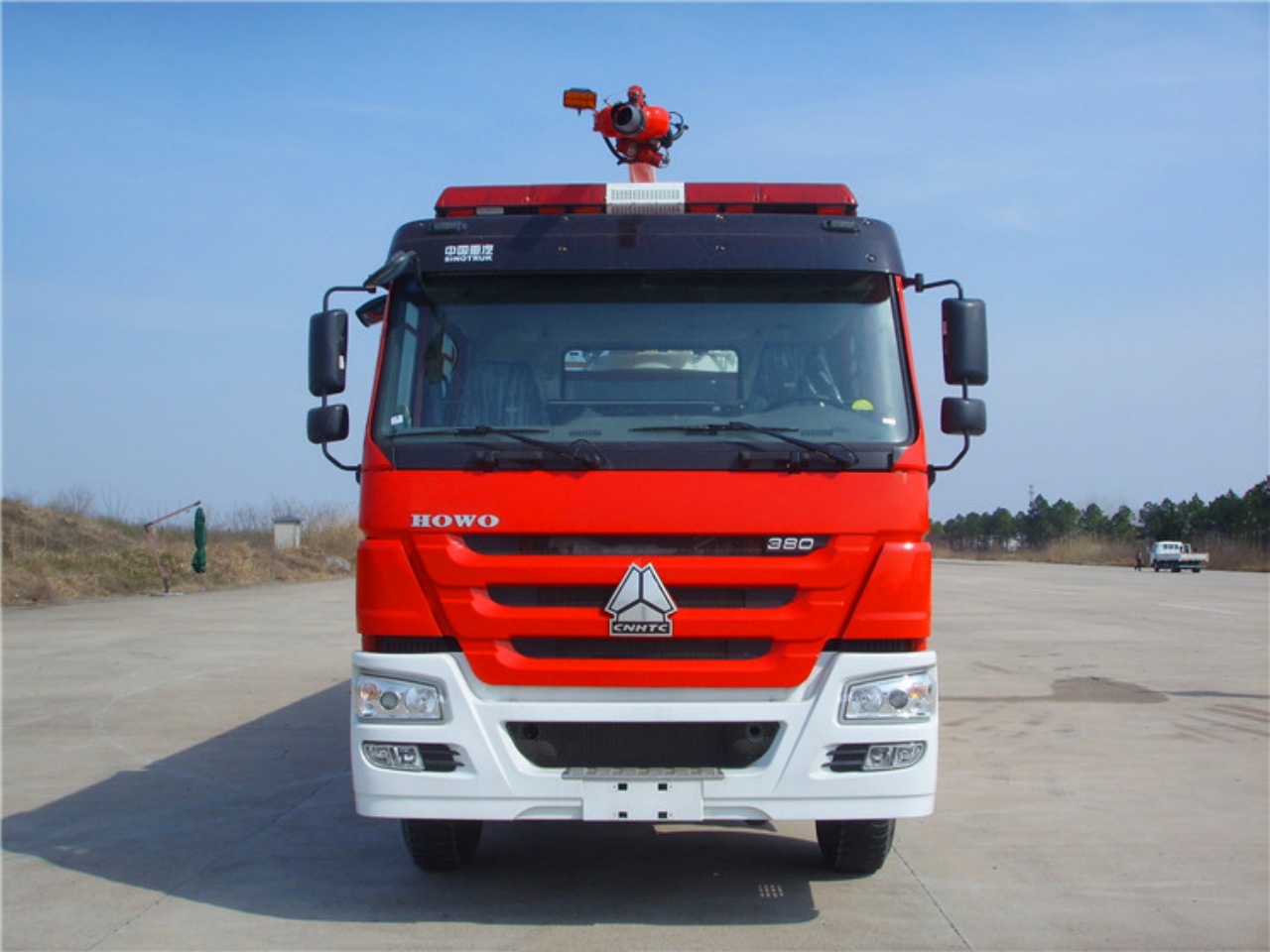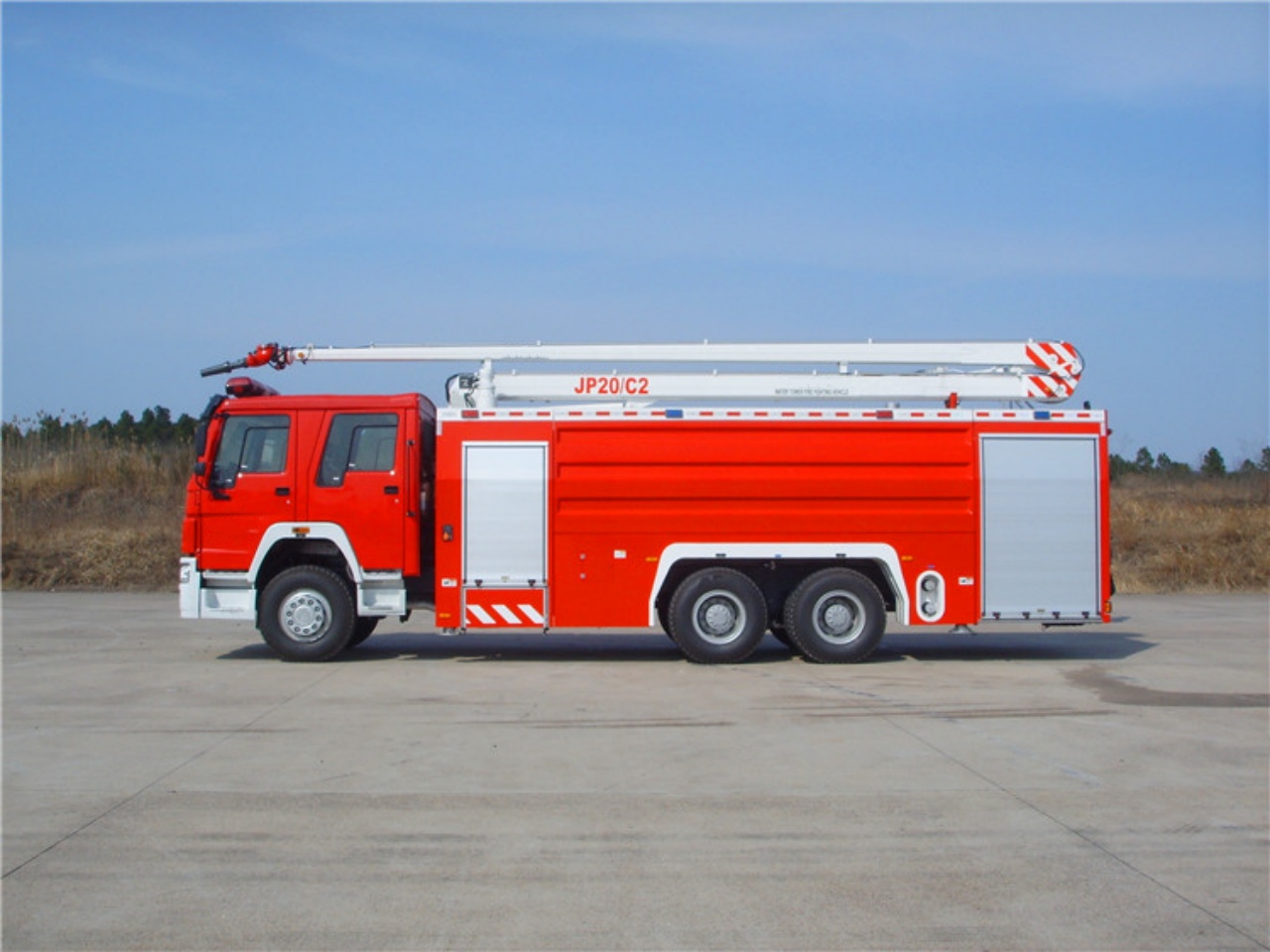In the world of emergency response vehicles, few machines are as iconic as the vehicle that races to the scene of a fire, lights flashing and sirens wailing. Commonly referred to as either a “firetruck” or “fire truck,” these vehicles are crucial to firefighting operations. But this raises a surprisingly common question: Is it “firetruck” or “fire truck”? Are both acceptable, or is one more correct than the other?
The answer may surprise you—it’s both a matter of linguistic preference and functional distinction. This article explores the spelling, terminology, and functional differences between the terms “firetruck” and “fire truck,” and why the distinction might matter more than you think.
The Grammar and Spelling Angle
Let’s start with the linguistic aspect. Technically speaking, “fire truck” is the correct spelling in standard English. It’s a compound noun—a noun made up of 2 words that describe a single entity. Over time, compound nouns can evolve in their spelling. For example:
- Open form: fire truck
- Hyphenated form: fire-truck (rare in this case)
- Closed form: firetruck
While “fire truck” remains the standard in most dictionaries and formal writing, “firetruck” has gained popularity, especially in informal contexts and in children’s literature. Just think of how children’s books and toys label these vehicles—“firetruck” is commonly used because it’s visually and phonetically simpler for younger readers.
But make no mistake: “fire truck” is the grammatically correct and officially recognized spelling, according to authoritative sources like Merriam-Webster and the Oxford English Dictionary.
The Evolution of the Term
The term “fire truck” has been in use since the late 19th to early 20th century, coinciding with the transition from horse-drawn fire wagons to motorized firefighting vehicles. As language evolved, and as these vehicles became more sophisticated, casual speech and writing began to compress the term into “firetruck.” This sort of lexical evolution is common in English—think of words like “notebook” (once “note book”) or “mailbox” (once “mail box”).
In everyday usage, especially online or branding, “firetruck” is often accepted without question. However, professional organizations like the National Fire Protection Association (NFPA) or the U.S. Fire Administration use “fire truck” in their official materials.
A Matter of Function: Truck vs. Engine
The terminology debate isn’t just about spelling—it can also touch on functional differences within firefighting apparatus. In fire departments across the U.S. and other countries, “fire truck” and “fire engine” aren’t always interchangeable.
What Is a Fire Truck?
A fire truck is typically equipped for support operations. These vehicles carry:
- Aerial ladders or platforms
- Ground ladders
- Ventilation equipment
- Rescue tools (like the Jaws of Life)
- Power saws and lighting systems
Fire trucks are primarily designed to support fire suppression and rescue operations, rather than fight fires directly. They may not even have water tanks or pumps.
What Is a Fire Engine?
A fire engine (also known as a pumper) is built for firefighting itself. These vehicles carry:
- Water tanks (typically 500–1,000 gallons)
- Fire hoses
- Pumps
- Foam systems
Engines are the ones that connect to hydrants and spray water. So, when someone says “fire truck” to refer to a vehicle that pumps water onto a blaze, they may technically be describing a fire engine instead.
In this way, using the term “firetruck” as a catch-all label can be misleading within professional firefighting circles. So, when precision matters—like in training manuals, grant applications, or procurement—terminology is carefully maintained.
Regional and Cultural Usage
Regional preferences also play a role in the spelling and usage of “firetruck” vs. “fire truck.”
- In North America, both spellings appear in informal writing, but “fire truck” is still the norm in professional and educational materials.
- In the UK and other Commonwealth nations, the more common term is “fire engine,” regardless of the vehicle’s specific function.
- In Australia and New Zealand, the term “fire appliance” is also used, further complicating global terminology.
So, depending on where you are in the world, the term “firetruck” may either be completely normal or never used at all.
Influence of Pop Culture and Branding
Children’s media and toy manufacturers have helped to popularize the closed form “firetruck.” For example:
- Popular children’s TV shows like Fireman Sam or Blaze and the Monster Machines frequently use “firetruck.”
- Toy brands such as Hot Wheels and Fisher-Price often label their products “firetruck” for branding and simplicity.
This informal usage has seeped into everyday speech, and while it may not bother the average person, language purists and professionals might cringe at the casual switch.
That said, pop culture has made “firetruck” a more endearing and memorable term for younger audiences and the general public, sometimes helping to inspire future generations of firefighters.
So, Which One Should You Use?
Here’s a simple guide:
- Use “fire truck” when writing in a professional, academic, or formal setting.
- Use “firetruck” in informal writing, especially when engaging with children or marketing to general audiences.
- If you’re discussing types of firefighting apparatus, be specific—use “fire truck” for ladder or rescue vehicles and “fire engine” for pumpers.
And if you’re still unsure? Go with “fire truck.” It’s widely accepted and safe in nearly all contexts.
Conclusion
The debate over “firetruck” vs “fire truck” might seem trivial at first, but it reveals a lot about how language evolves, how professional jargon functions, and how culture shapes our understanding of everyday objects. While both terms are used and understood by the public, only “fire truck” holds up as the correct form in formal writing and official communication.
Ultimately, whether you say “firetruck” or “fire truck,” what matters most is the incredible role these vehicles play in saving lives and protecting communities. But if you ever want to impress a firefighter—or avoid a typo in an article like this one—stick with “fire truck.”











